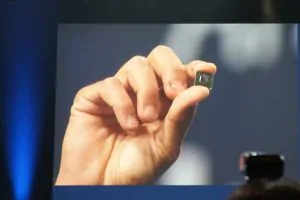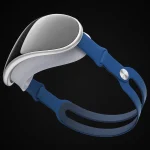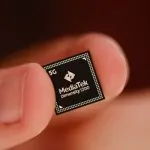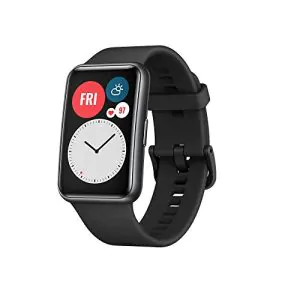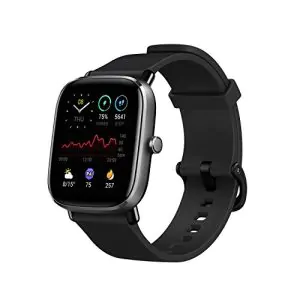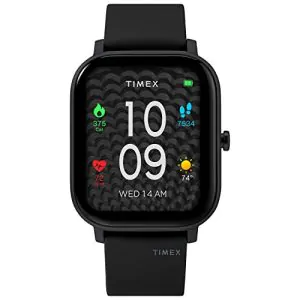One of the biggest issues surrounding wearable tech is not the casing, but the power and performance of the computing parts that go into it. Usually the main issue is actually the size of the chip, as tiny computing devices essentially need very small computing chips. The Quark processor is Intel’s answer to this dilemma that will hopefully enable new lines of slimmer, more powerful wearable clothing. The line was announced shortly after Intel announced the release of their new Broadwell microprocessor which was manufactured using a 14-nanometer process. The Quark si even smaller, and will most likely be produced using the same method.
What Are Quark Chips
Intel unveiled their new line of Quark micro processors on Tuesday, the 10th of September, and have stated that they were designed specifically for wearable tech. The chips are approximately 1/5th the size of the Intel Atom, which is Intel’s current smallest processor. They will also supposedly use just 1/10th of the power of the Atom, making it quite possibly the smallest and most powerful mass produced chip on the market.
Each chip is a single core, single thread, 32-bit processor that is roughly the size of the average thumbnail. Tiny? Yes!
The Quark X1000 SoC (formerly the Clanton) will be the first release in the new line and is the one pictured here.
What Will it be Used For?
Any of Intels new line of Quark microprocessors could find their way into any of the number of new smart watches, smart bracelets, smart rings, and other wearable tech coming out. With a very low power consumption rate, the Quark is literally perfect for being used with batter powered technology. While Intel has not publicly priced their new chips, their size and power suggests that they will be quite pricey, which while enabling the use of smaller and thinner smart electronics, might also make them more expensive. However, Intel also suggests that they are aiming to make the chips as cost effective as possible for more uses. In fact, they also suggested that the Quark might eventually be used to connect household devices like coffee pots and microwaves to internet, so that they can all be accessed via internet and Bluetooth.
Up till now, Intel has been lagging far behind in the smart chips department. While they are the world’s largest manufacturer of computer chips, the company has been struggling to keep up with the size and power demands of mobile technology, but now their new chips could be just the thing to fuel a new range of small, lightweight, and powerful mobile computers meant for being worn.
While the Quark chips have the obvious advantage of being tiny, Intel’s CEO Brian Kraznich suggests that they are also pushing their new sub-atom processor for use in electronics for monitoring, scheduling repairs, and even alerting owners to changes.
Intel intends to begin production later this year, so we’re sure to see more cool tech coming out within the next year.
